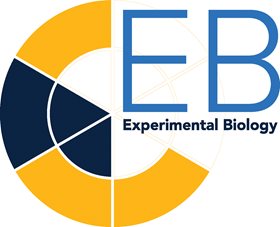In this article we have listed critical details about compliance with Title 21 CFR Part 11.
Historically, companies maintained a paper trail of all their equipment, experiments and results in order to comply with cGMP (Current Good Manufacturing Practices) and cGLP (Current Good Laboratory Practices) regulations. Today, with increasing amount of automatization, digital records and computer managed equipment the volume of digital data created and transferred has rapidly surmounted what is still feasible to maintain in paper records. This situation calls for a radical switch from paper records to digital records.
In a regulated environment, all digital information is controlled by 21 CFR Part 11. This is a set of instructions and guidelines about the creation, authentication and maintenance of digital records.
Compliance is a complex and resource- consuming process, it’s not limited to just buying and installing a “21 CFR Part 11 compliant” software. The whole system needs to be verified and when all the pieces of the puzzle are linked together, the laboratory can say it is 21 CFR Part 11 compliant.
In order to comply with 21 CFR Part 11, you must take into account 5 important things:
- The hardware and software you use must be validated in order to prove that all the equipment is fit for its intended use. Validation is connected with the second important feature, the SOP’s (Standard operating procedures), they are instructions on what must be done in case something does not conform to the specifications.
- All regulated environments are based on SOP’ This is the second key element to comply with regulations. In SOPall the processes regarding data generation and storage need to be defined and described. Some of the SOP’s in a typically regulated environment include computer and network system maintenance as well as backups and restoring of backup data. Other key SOP’s are for introducing changes to the system with new equipment, system data security and recovery of data in case of catastrophic events.
- Instruments, users or user accounts and additional features must be described to comply with 21 CFR Part 11. The transition from paper records to digitally signed records entails the following steps. The SOP’s required for instrument operation, computer & network management and electronic signature management need to be prepared. Al users need to have personal login credentials to enable unique signatures of documents. Software that supports 21 CFR Part 11 compliance needs to be installed and then verified on your network system; including software for managing instruments and devices, electronic lab notebook and laboratory inventory management software.
- Of course, all records need to be computer readable and human readable. Once a record is created and signed, it needs to be protected against change. All data operations need to be recorded in an audit trail.
In short, these are the central aspects of the 21 CFR Part 11 compliance. Today, electronic lab notebooks, such as sciNote Premium, can help labs meet these requirements.
By Blaz Nemec, sciNote LLC
[tw_callout size="waves-shortcode" text="" callout_style="style2" thumb="" btn_text="Republish the article" color="#37a0d9" btn_url="https://scinote.net/blog/republish/" btn_target="_blank"]


